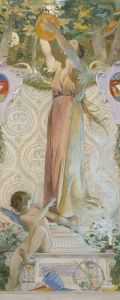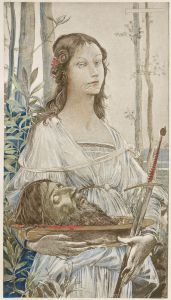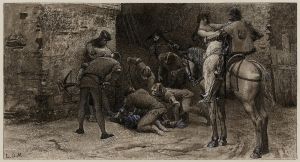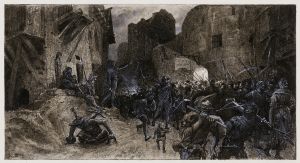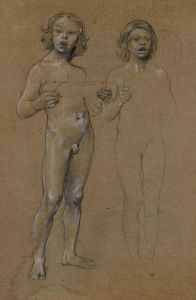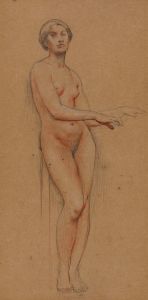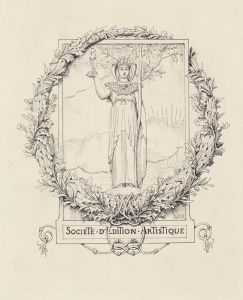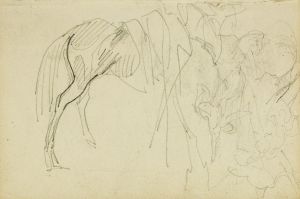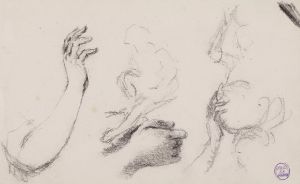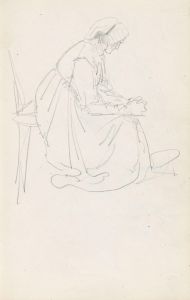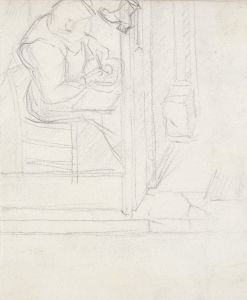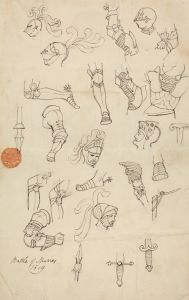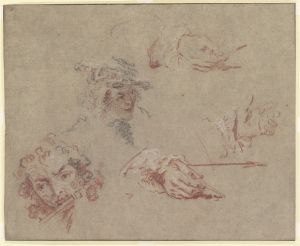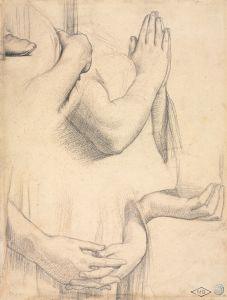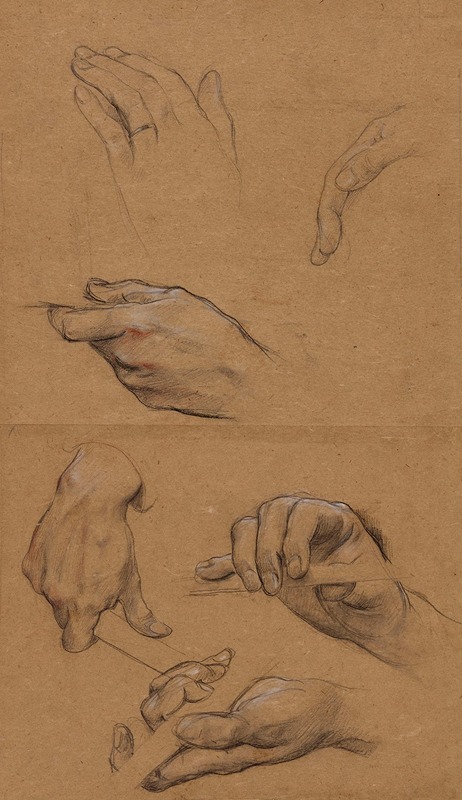
Etude de mains
A hand-painted replica of Luc-Olivier Merson’s masterpiece Etude de mains, meticulously crafted by professional artists to capture the true essence of the original. Each piece is created with museum-quality canvas and rare mineral pigments, carefully painted by experienced artists with delicate brushstrokes and rich, layered colors to perfectly recreate the texture of the original artwork. Unlike machine-printed reproductions, this hand-painted version brings the painting to life, infused with the artist’s emotions and skill in every stroke. Whether for personal collection or home decoration, it instantly elevates the artistic atmosphere of any space.
Luc-Olivier Merson was a French academic painter and illustrator, known for his detailed and often allegorical works. However, specific information about a painting titled "Etude de mains" by Luc-Olivier Merson is not readily available in historical records or major art references. Merson's oeuvre includes a variety of subjects, ranging from historical and religious themes to more fantastical and allegorical compositions, but without specific documentation or references to a work titled "Etude de mains," it is challenging to provide a detailed description or analysis.
Merson was born in Paris in 1846 and studied at the École des Beaux-Arts under the tutelage of Gustave Chassevent-Bacques and Isidore Pils. He gained recognition for his work in the late 19th century, particularly after winning the prestigious Prix de Rome in 1869. This accolade allowed him to study at the Villa Medici in Rome, where he further developed his style and thematic interests.
Throughout his career, Merson was known for his meticulous attention to detail and his ability to convey narrative through his paintings. His works often featured historical or biblical scenes, rendered with a sense of drama and emotion. Merson's style was characterized by a blend of realism and idealism, often incorporating symbolic elements that added layers of meaning to his compositions.
In addition to his paintings, Merson was also a prolific illustrator. He contributed illustrations to various publications, including books and magazines, and his work was highly regarded for its precision and artistic quality. Merson's illustrations often mirrored the themes present in his paintings, showcasing his versatility and skill as an artist.
Merson's contributions to the arts extended beyond painting and illustration. He was involved in designing stained glass windows and theatrical sets, demonstrating his ability to work across different mediums. His work in stained glass, in particular, was notable for its vibrant colors and intricate designs, which often depicted religious or allegorical subjects.
Despite his success during his lifetime, Merson's work is not as widely recognized today as that of some of his contemporaries. However, his contributions to the academic art tradition and his influence on the development of narrative painting in the late 19th and early 20th centuries remain significant.
Without specific information or documentation about "Etude de mains," it is not possible to provide a detailed analysis or description of this particular work. If such a painting exists, it would likely reflect Merson's characteristic style and thematic interests, but further research or access to specialized art historical resources would be necessary to confirm its details and significance.





